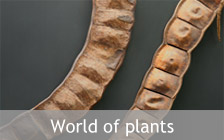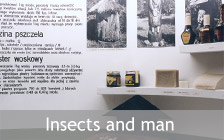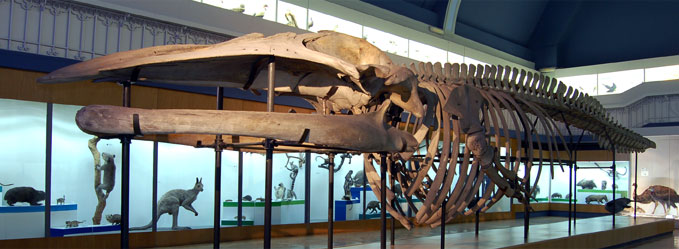
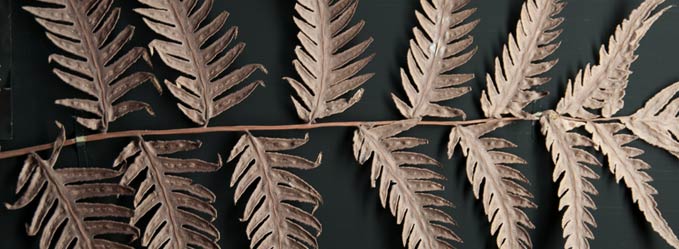
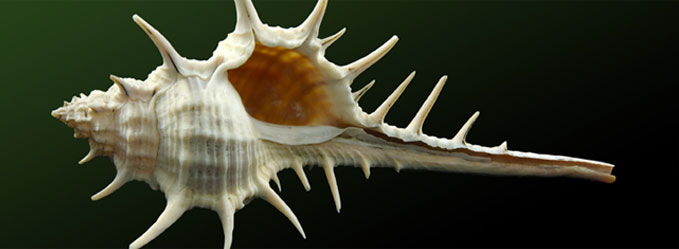
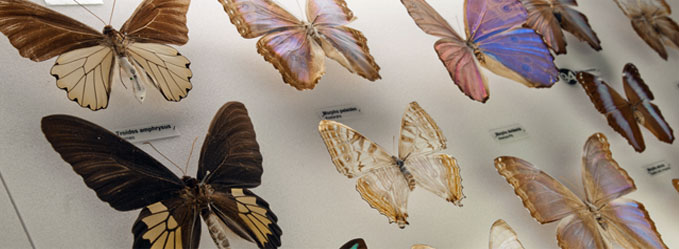
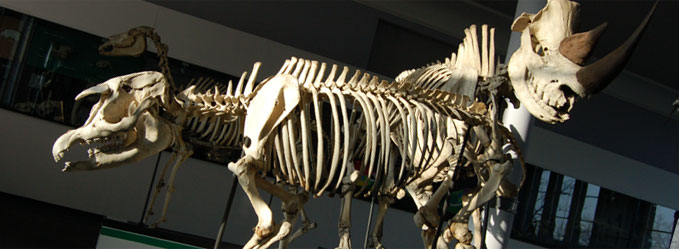
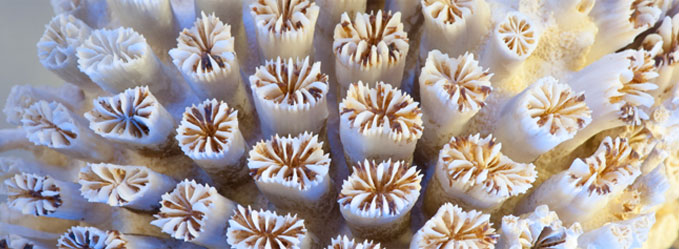
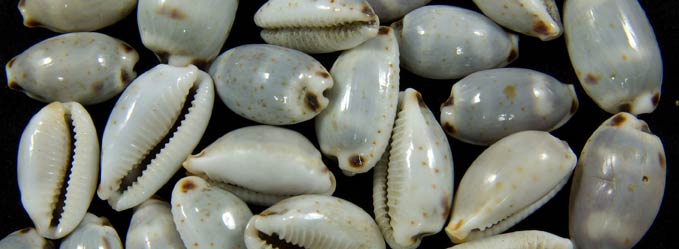
Monday: closed
Tuesday - Friday: 9.00-15.00
Saturday - Sunday: 10.00-16.00
more information
Insects and Man
This exhibition illustrates the relationships between man and some insects, supplemented with chosen problems concerning these animals and phenomena characteristic for the group.
One of the sections of the display is devoted to insects which are harmful from the point of view of a human being. The commonest and heaviest pests of crops represent many orders and families of insects. Most frequently they are beetles, butterflies and hymenopterans, less frequently dipterans or orthopterans (e.g. the Locust currently of rare occurrence in Poland).
Another category of pests are those of warehouses - insects feeding on food products and textiles of natural origin, and on stuffed animals kept in houses and museums. Most of these insects come from tropical and semitropical regions. Especially notorious are those blood-sucking, which transmit diseases, particularly in the tropics. The exhibitions not only present the transmitters of the Chagas disease (heteropterans Triatoma infestans and Rhodnius prolixus), malaria (mosquitoes from the genus Anopheles) or sleeping sickness (Tse-tse Fly), but they also offer a visitor an opportunity to get familiarized with interesting details about the biology of these insects and the progress of diseases they transmit.
Another department concerns useful insects. Many species of predatory or parasitic insects are our allies in the battle against plant pests. A great number of necrophagous and coprophagous beetles and dipterans partake in the cycle of organic nature transformation. A similarly vast array of hemipterans, dipterans and butterflies pollinate flowers of cultivated plants.
Some species of insects are directly used by man. Apart from the commonly known Honey Bee and Silkworm, they include insects useful, for instance, in the production of shellac, natural pigments or tans: the scale insects Laccifer lacca and Pophyrophora polonica, Cochineal Insect Dactylopius coccus and some hymenopterans representing the family Cynipidae (gall-flies).
The third section illustrates chosen entomological issues such as adaptations, styles of living, size and coloration. The phenomenon of regular migrations of insects is particularly unusual, the most tenacious wanderers including certain butterflies, particularly the American species Danaus plexippus. Besides butterflies, mass migratory passages are observed in dragon flies, orthopterans, some dipterans, beetles and hymenopterans.
We are usually struck by the disproportion in size between the largest and the smallest mammals - whales and shrews. Whereas among insects the disproportion between the largest (some stick insects Phasmida, beetles) and the smallest (hemipterans from the family Mymaridae, beetles representing the family Ptiliidae) currently living species is nearly threefold.
One of the most outstanding characters of insects is their magnificent coloration. The highly admired colours of diurnal butterflies and beetles are usually a result of inflection of light which goes through suitably formed external layer of chitin. The scales, which cover different parts of an insect's body, often contribute to this phenomenon. Less frequently, the coloration is due to pigments.
The shape of insects and the patterns on their body are often of cryptic character (camouflaging effect) or, on the contrary, their function is to scare away a possible aggressor. Other insects imitate in colour poisonous species or ones which are equipped with dangerous weapon, e.g. a sting, and thanks to that they are avoided by predators. This phenomenon, the so-called mimicry is very common in the world of insects. Another interesting and wide-spread feature of these animals is dimorphism, most frequently sex-determined. Sometimes the differences in the appearance of a male and a female are so substantial that it is hardly believable both represent the same species. Dimorphism can also be seasonal in character, the differences manifested between subsequent generations. An example is Araschnia levana, a butterfly common in Poland, whose spring and summer generation differ significantly from each other in coloration.
These are but a few phenomena insects which can surprise us with. Part of them are difficult to illustrate in museum glass-cases outside the natural living environment of these invertebrates. We can observe much on our own, during trips in the open or even without going out - it is enough to have a look around: insects are to be seen everywhere.

